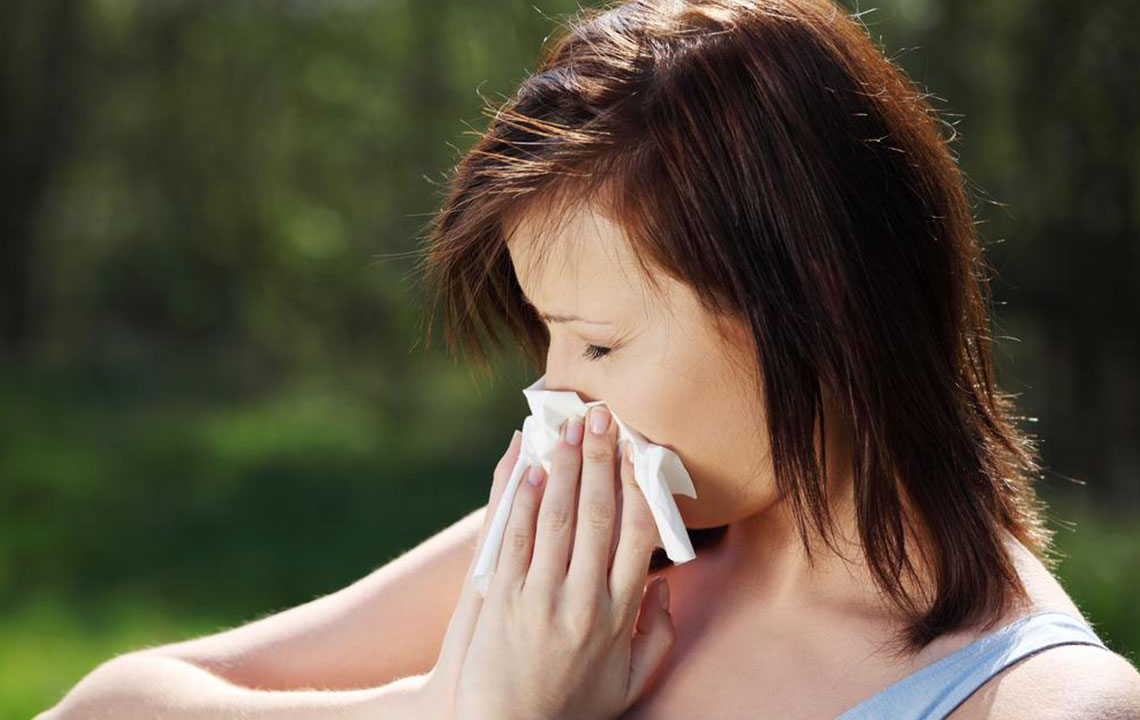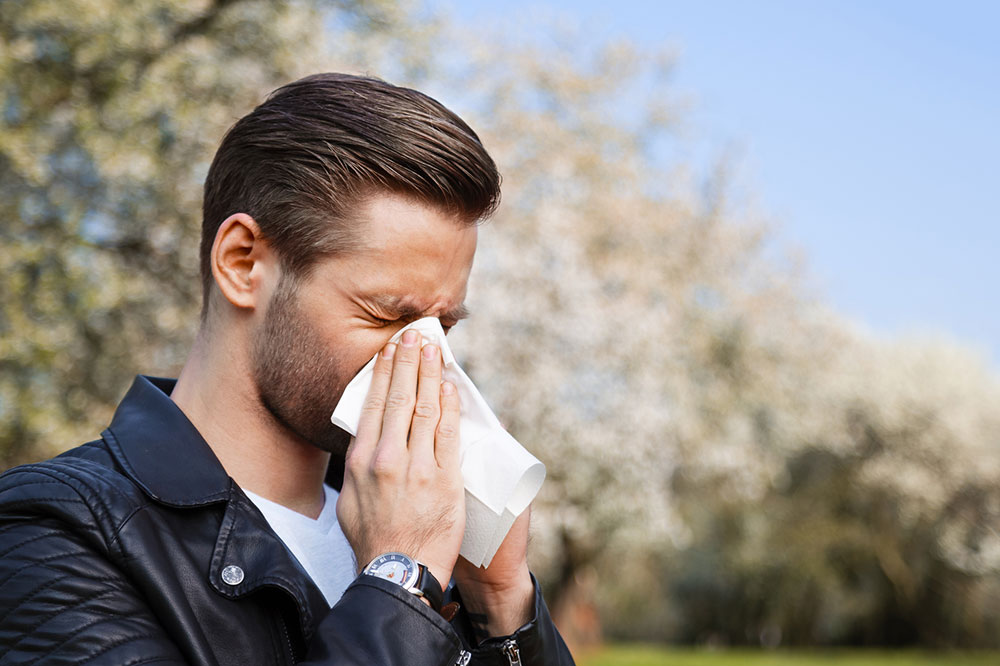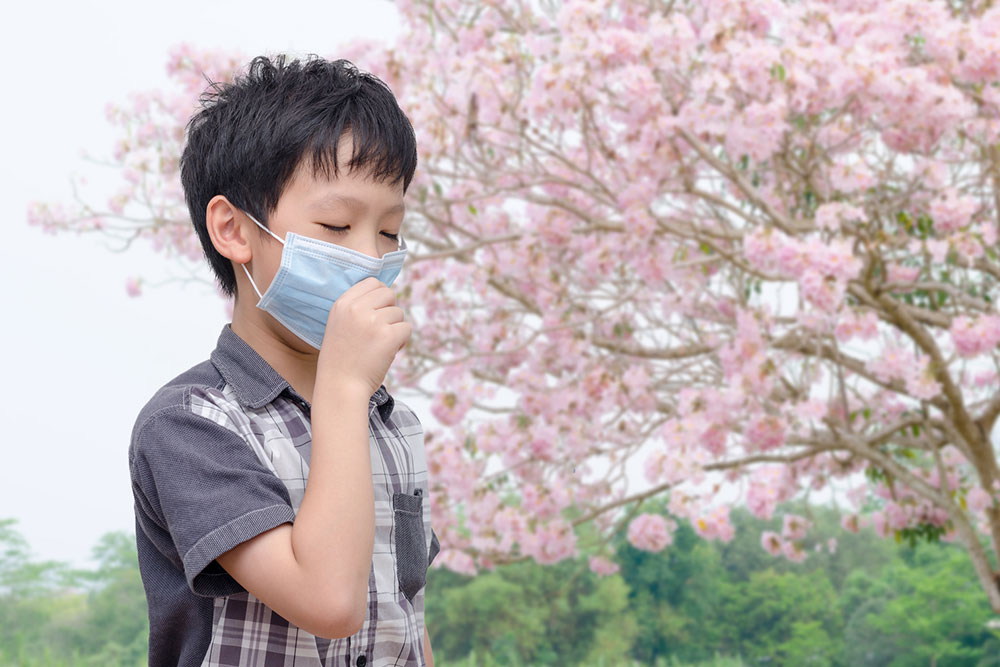Understanding Causes, Symptoms, and Management of Various Allergies
Explore comprehensive insights into allergies, including their causes, symptoms, and treatment options. Learn how different allergens affect individuals and discover effective management strategies to reduce allergic reactions and improve quality of life.

Understanding Causes, Signs, and Treatment Options for Different Allergies
Allergies occur when the immune system reacts strongly to external substances called allergens. These reactions can happen through food, skin contact, inhalation, injections, or insect bites. Different individuals react uniquely to allergens. Common allergy types include:
Food Allergies Mostly affecting infants but also adults, triggered by foods like eggs, fish, shellfish, soy, nuts, and eggplant. Even long-term eaters can develop allergies unexpectedly.
Dust Allergy Common in polluted urban areas, causing sneezing and nasal discomfort.
Pet Allergies Inhalation or skin contact with pet fur or feathers can trigger reactions, even from a distance.
Latex Sensitivity Exposure to latex products like gloves or footwear can provoke allergic responses, which can often be managed by reducing contact.
Sinusitis Affecting millions, sinus issues can cause nasal congestion and headaches, often exacerbated by weather changes.
Mold Allergies Found in damp environments like bathrooms, basements, or gardens; inhalation or skin contact can lead to allergic reactions.
Seasonal Allergies Pollen from plants during fall can cause airborne allergy symptoms, manageable with prescribed medication.
Contact Dermatitis Skin reactions caused by cosmetics, dyes, metals, or skincare products upon contact.
Other Causes Medications such as antibiotics, anticonvulsants, or NSAIDs can trigger adverse reactions like rashes or breathing issues.
Causes and Risk Factors Factors like young age, C-section births, asthma history, family history of allergies, and limited sunlight exposure increase allergy risks. Common food allergens include seafood, dairy, eggs, nuts, wheat, soy, vegetables, and seeds. Environmental triggers involve chemicals, pet dander, molds, weather changes, and insect bites.
Symptoms range from sneezing, headaches, and nasal congestion to skin rashes, swelling, and severe reactions like anaphylaxis, which requires immediate medical attention.
Effective management centers on avoiding known triggers and seeking medical guidance. Treatment options include antihistamines, nasal sprays, epinephrine injections, immunotherapy, and allergy-specific medications, aimed at controlling and reducing symptoms.
Note:
Our articles aim to provide useful and accurate information across various health topics. Readers should treat this information as informational and consult healthcare professionals for personalized advice. The website is not responsible for discrepancies or updates in medical data across sources. Also, some offers or schemes mentioned may vary or change over time.










